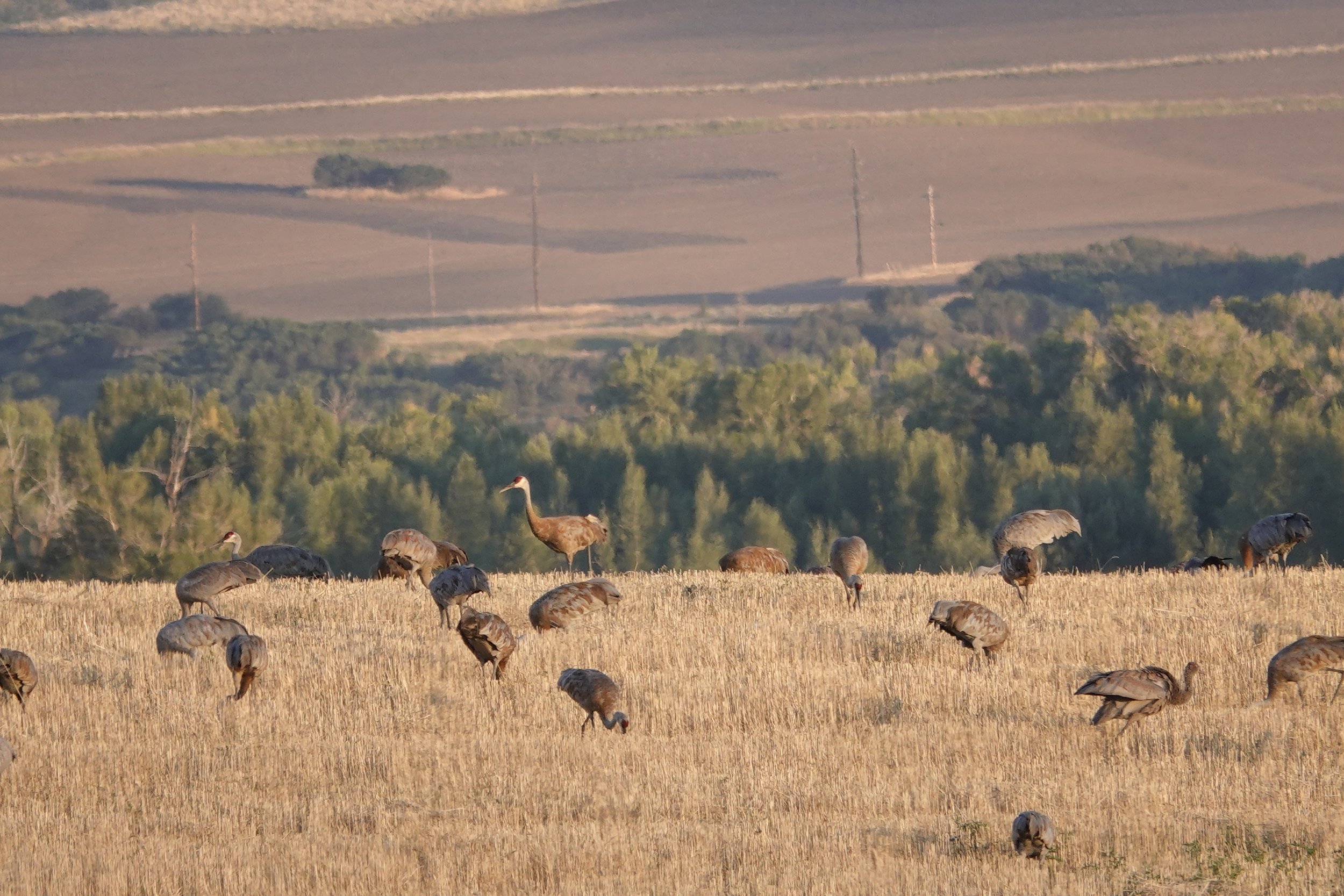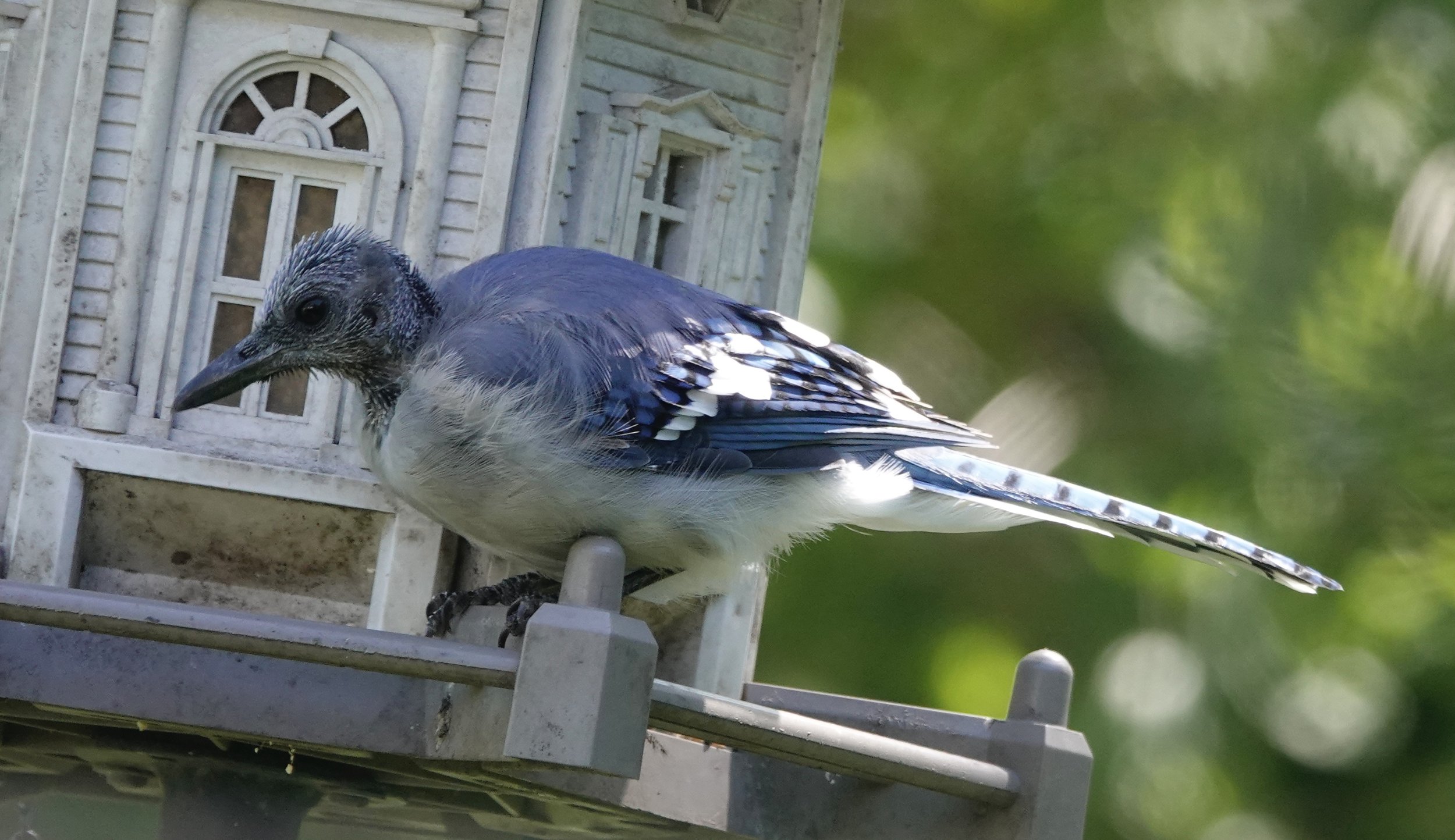Naturally
Flickers migrated through the yard. The handsome brown woodpeckers with a white rump fed upon ants on the ground. I saw many flower flies mimicking bees or wasps and lots of flying ants.
I watched American kestrels perching on utility wires. Falcons have small bony protuberances in their nostrils that baffle air flow and allow them to breathe while flying at high speeds.
I saw leopard frogs hopping across the road. They live in wet meadows and open fields near wetlands. In the fall, they move to the bottoms of lakes and ponds to spend the winter.
Flashes of red leaves dot the countryside. It sounded like a toy tinhorn, but it was a red-breasted nuthatch, smaller than the white-breasted nuthatch, and a permanent resident most abundant in northeastern and north-central Minnesota and is considered a partial migrant. Northern populations appear to move south each year, while southern populations demonstrate irruptive movements that may be in response to winter food shortages. Reports of breeding far south of the species’ primary range aren’t uncommon in summers following large winter movements.
Pheasant numbers in Minnesota increased 18% from 2021 and exceeded the 10-year average by a similar amount, according to the Minnesota DNR’s annual roadside pheasant survey.
Yampa Valley Crane Festival
G.K. Chesterton wrote, “The traveler sees what he sees. The tourist sees what he has come to see.”
Thanks to the craniacs of the Colorado Crane Conservation Coalition, I spoke, led a birding trip, was a traveler and a tourist at the Yampa Valley Crane Festival in Steamboat Springs. The Coalition is made up of people who care about wildlife. Sandhill cranes live 25 years (one lived 37 years) and are monogamous as long as they produce young. The most numerous seen at the Platte River in Nebraska, is the lesser sandhill crane, the smallest subspecies; the Canadian, or intermediate, sandhill crane makes up about 15%; and the greater sandhill crane approximately 5%. There are three nonmigratory subspecies—Mississippi, Florida and Cuban. Lesser sandhill cranes breed in the Arctic; the greater sandhill crane breeds in the northern U.S. Adults are gray birds stained brown by iron-rich mud. They don’t have feet for perching, so if you see a crane in a tree, it’s a heron or an egret. Cranes roost in shallow water. The Colorado sandhill cranes are greaters and migrate to New Mexico, Texas or Arizona. The male is called a roan, the female a mare and the young colts. Cranes are known for their dancing skills and colts walk 8 hours after hatching. Cranes fly 25-35 mph.
International Owl Center
Karla Bloem, Executive Director of the International Owl Center in Houston, Minnesota, wrote about using passive acoustic recording devices to detect barn owls in southeastern Minnesota and southwestern Wisconsin. She was surprised and delighted to find them almost everywhere they put recorders in suitable habitats. They found a deceased barn owl south of Houston, a trail cam photo showed a live one north of Houston and another photo featured one roosting in a shed near La Crescent. Nests were documented in La Crosse and Wabasha. They documented 29 detections of barn owls in Minnesota on different dates/locations in 2021 and 2022.
Q&A
Rick Mammel of Albert Lea and Ken Nelson of Clarks Grove asked when hummingbirds leave. They migrate south as early as mid-August and most leave the state by the end of September—although stragglers are found well into October most years.
“How do bumble bees survive the winter?” Bumble bees don’t maintain colonies over the winter. The last brood of the summer colony contains a number of queens. Each queen mates and then finds a safe place (a small hole in the ground or another protected spot just big enough for her) to hibernate until spring. The rest of the colony dies. A colony of honey bees could live throughout the entire winter, actively keeping the nest warm and safe. Although a winter colony is smaller than a summer colony, it’s as busy as a bee all winter, an activity that requires a cache of stored food.
Beth Knudson of Albert Lea asked how to tell male and female mourning doves apart. Male and female mourning doves look similar. An adult male is slightly more colorful than a female, with a pale rosy breast versus the tannish female breast. A male’s head has a bluish crown and nape, the female’s is brownish.
Thanks for stopping by
“Whenever 'A' attempts by law to impose his moral standards upon 'B,' 'A' is most likely a scoundrel.”—H.L. Mencken.
“Most people are mirrors, reflecting the moods and emotions of the times; few are windows, bringing light to bear on the dark corners where troubles fester. The whole purpose of education is to turn mirrors into windows.”—Sydney J. Harris.
Do good.
©Al Batt 2022
A white-lined sphinx moth. In poor light, it could easily be mistaken for a hummingbird. Its caterpillars shouldn’t worry gardeners. Photo by Al Batt.
Sandhill Cranes near Steamboat Springs, Colorado.
Chimney Swift tower at Osprey Wilds ELC near Sandstone, Minnesota. It’s an incredible place.
Purple Martin house and gourds at Osprey Wilds ELC.
In 2017, teetering after surgeries, a lengthy hospital stay and buckets of chemotherapy, I’d climbed this tower at Mahoney State Park near Ashland, Nebraska. I needed to just because. They were small steps and they were big steps. It was easier to reach the top in 2022.
I tried to walk high enough outside of Steamboat Springs, Colorado, so I could see the entire world. I couldn’t do it, but I came close.
An Osprey nest.
The Blue Jay had either a bad barber or a molt.
A Bald-faced Hornet nest is a structure that none of the Three Little Pigs considered.












